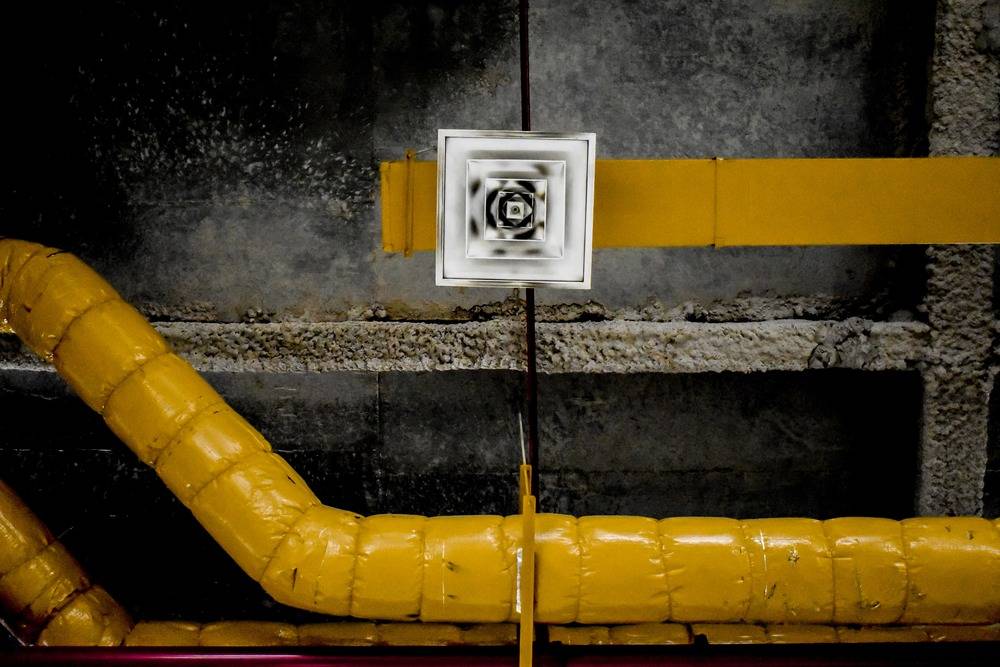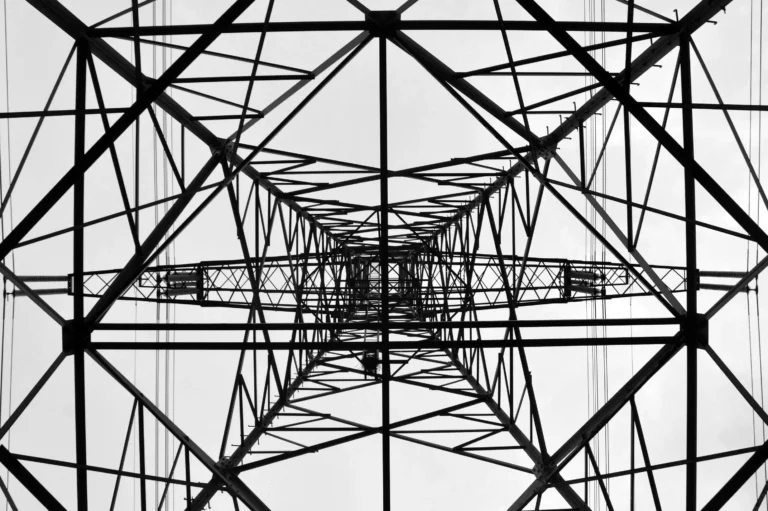MyHEAT
201-1228 Kensington Rd NW
Calgary, AB T2N 3P7
Canada
How Do Homes Lose Heat?
A well-insulated building envelope serves to slow down the heat loss, resulting in reduced energy consumption.
Home heat loss is difficult to pinpoint as it is something you cannot see! So a big question for many homeowners is from which part of the house am I losing the most heat?
Why is my house losing heat?
Chances are your home is losing heat due to air leaks and cracks around your house. Air leaks are a significant source of heat loss in a home. In a typical house, all of the holes and gaps can add up to an opening equivalent to a medium-sized window left open 24 hours a day!
Heat flows from hot to cold places. So on a frosty winter day, heat will continue to escape if the thermal envelope is not well sealed and insulated even if heating systems are at full blast.
Where does most heat loss occur in a house?
Due to the fact heat rises, one of the most common problem areas in a home is inadequate or under-insulated attic spaces. Luckily, this is one of the easiest and cost effective areas to fix.
4 most common areas of heat loss in a home
The most commons areas of home heating loss occur in the following ways:
1. Attic and rooftop heat loss
The attic and roof are also common areas of heat loss. If the attic is not properly insulated or ventilated, warm air can escape through the roof. Insulating the attic with high R-Value insulation and sealing any air leaks in the roof can help reduce energy loss in this area. MyHEAT’s aerial thermal Heat Loss Maps make it quick and easy to spot this kind of heat loss across entire cities.
2. Poor air sealing around doors and windows
Windows and doors can be significant sources of heat loss in a home. Single-paned windows and poorly sealed doors can allow warm air to escape and cold air to enter the home. Upgrading to double-paned windows or adding weather stripping to doors can help reduce heat loss, but can be more expensive if rebates aren’t available. Consider DIY air sealing and caulking kits to make more cost-effective upgrades! Keep in mind that double or triple-glazed windows will also reduce exterior noise, making your home more quiet!
3. Under-insulated crawl space or basement
An under-insulated crawl space or basement can significantly contribute to heat loss in a house. When a space is not insulated, heated air can seep through the walls and floors and escape, causing the house to become cold and uncomfortable. In addition, cold air can enter through the walls and floors, especially through any cracks or openings, making the house colder. This can cause the heater to run for longer periods of time, leading to an increase in energy costs. Insulating the crawl space or basement can help to prevent heat loss and keep the house warm and comfortable.
4. Walls and foundation
Walls and foundations can also be sources of heat loss. Poor insulation, air leaks, or cavity walls containing HVAC pipes that may have leaks can be a silent and invisible source of heat loss. Blow-in insulation can help, and MyHEAT’s infrared Heat Loss Maps can detect thermal bridging heat loss from walls that reaches the upper parts of your home and roof.
5. Ductwork
Ductwork can also be a source of heat loss, particularly if it is poorly insulated or has leaks. Ductwork that runs through unheated areas such as attics or crawl spaces can lose a significant amount of heat. Make it a note to periodically check your ductwork, sealing and adding insulation as needed to reduce heat loss in this area.

How can you reduce heat loss in a house?
The building envelope of a home can be thought of as the “shell”. It separates the indoors from the outdoors and consists of doors, windows, walls, roof, and basement or crawlspace.
A well-insulated air-tight building envelope serves to slow down the heat loss such that the mechanical heating system does not have to work as hard. This results in a reduction in energy consumption in addition to lower energy bills.
The building envelope of a home can be thought of as the “shell”. It separates the indoors from the outdoors and consists of doors, windows, walls, roof, and basement or crawlspace.
A well-insulated air-tight building envelope serves to slow down the heat loss such that the mechanical heating system does not have to work as hard. This results in a reduction in energy consumption in addition to lower energy bills.

To maintain a comfortable and efficient living space, it must effectively control the flow of heat, air, and moisture in and out of the home.
How do I find out where my house is losing heat?
Because many homes do not have a perfectly sealed building envelope, there can always be room for improvement. That’s why a great place to begin discovering areas of high heat loss in a home is to complete a home energy audit!
Heat loss mapping is another great way for homeowners to identify areas of their home with potential heat loss. At MyHEAT we partner with local natural gas and energy companies to offer aerial heat maps to homeowners to help them quickly identify areas of rooftop heat loss. The visualizations provided by MyHEAT make the process of pinpointing sources of heat loss much easier and more effective, and result in significant energy savings.


